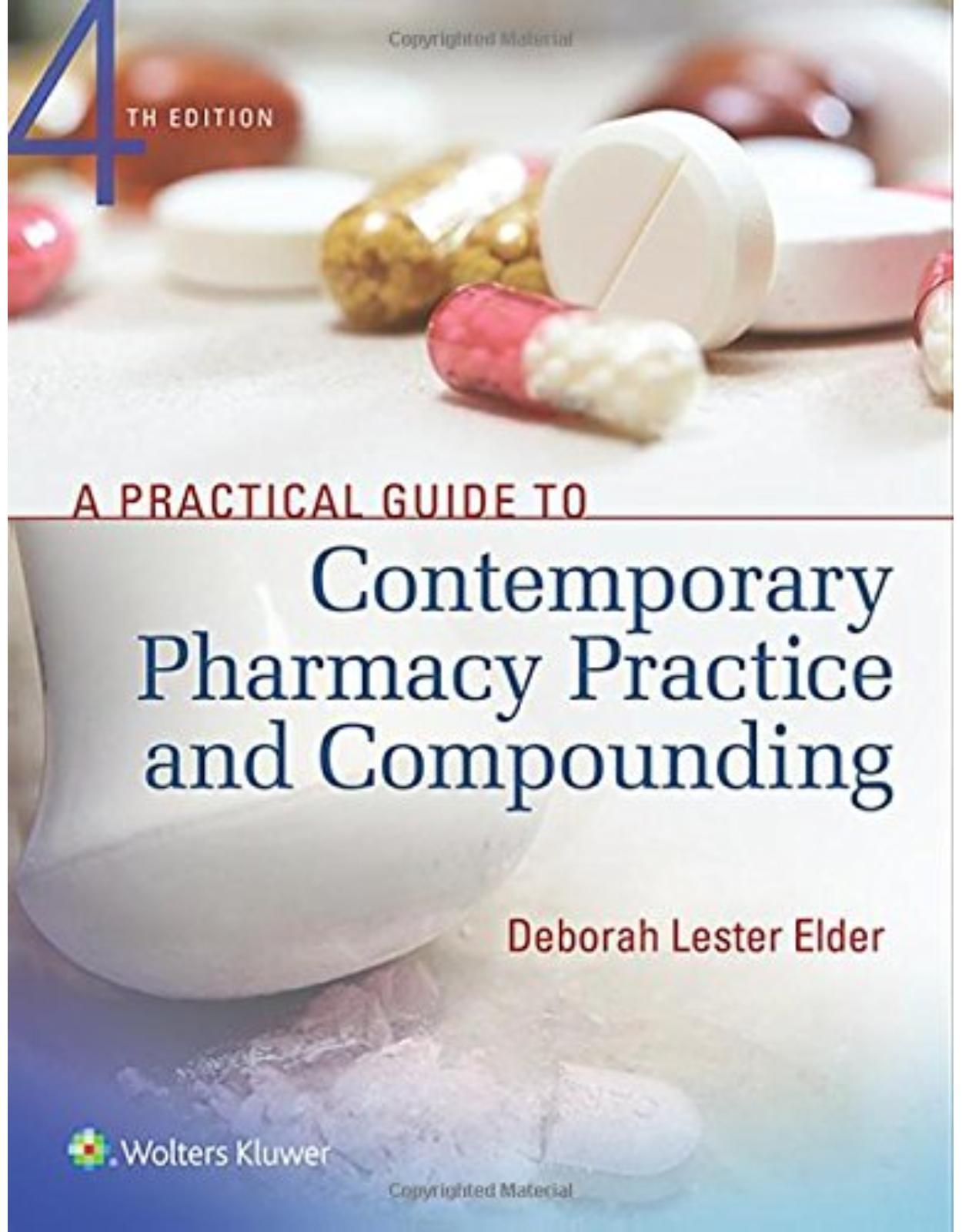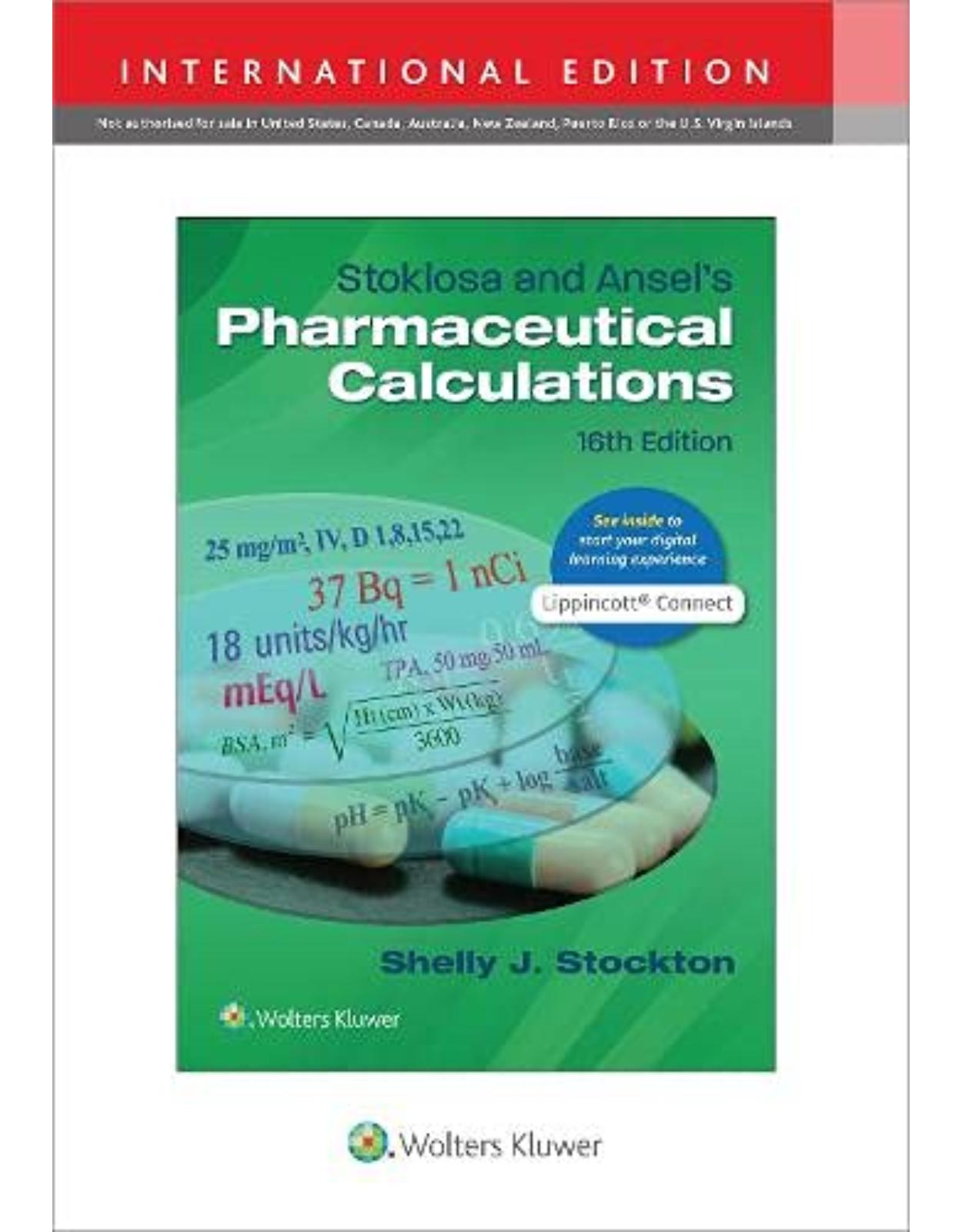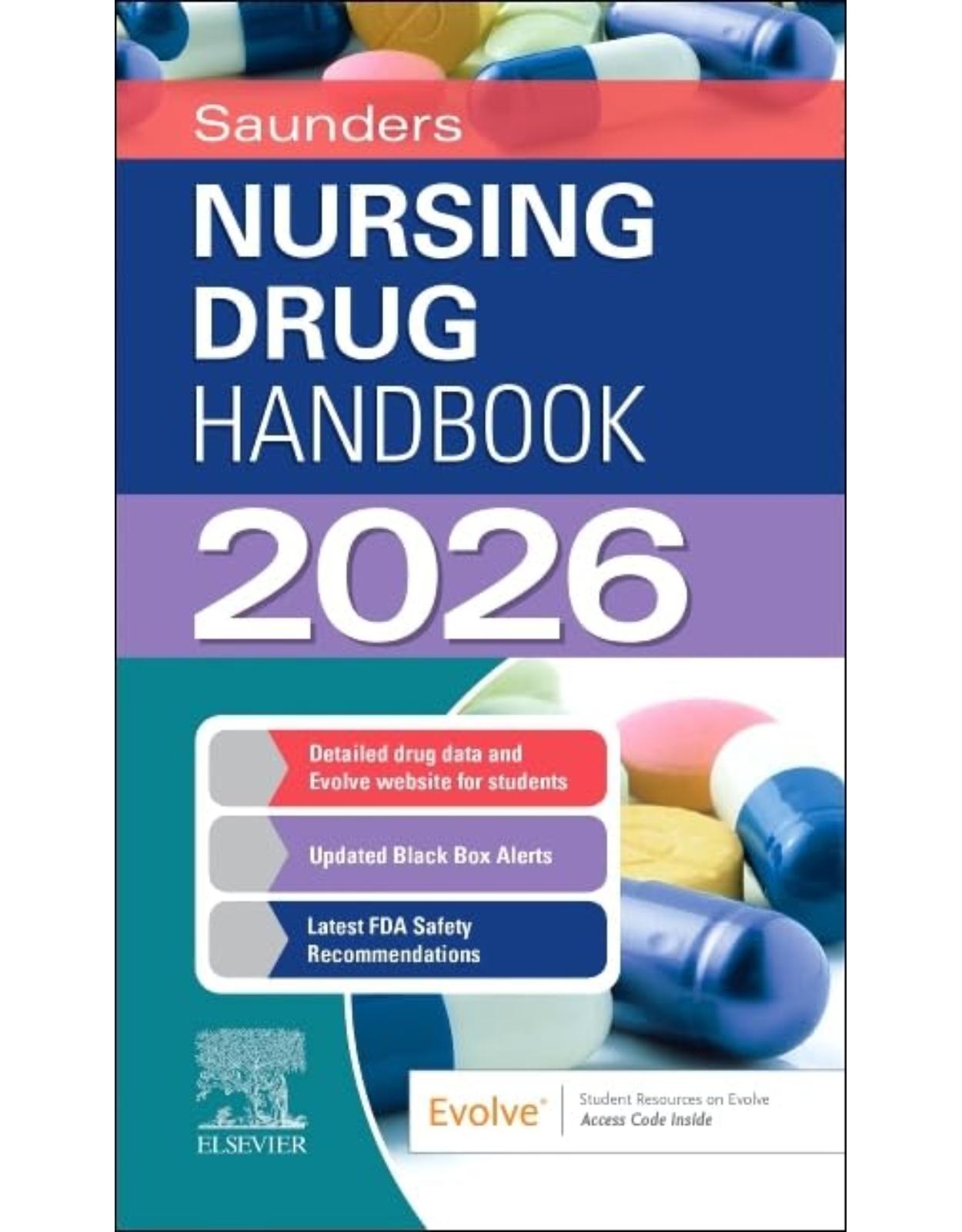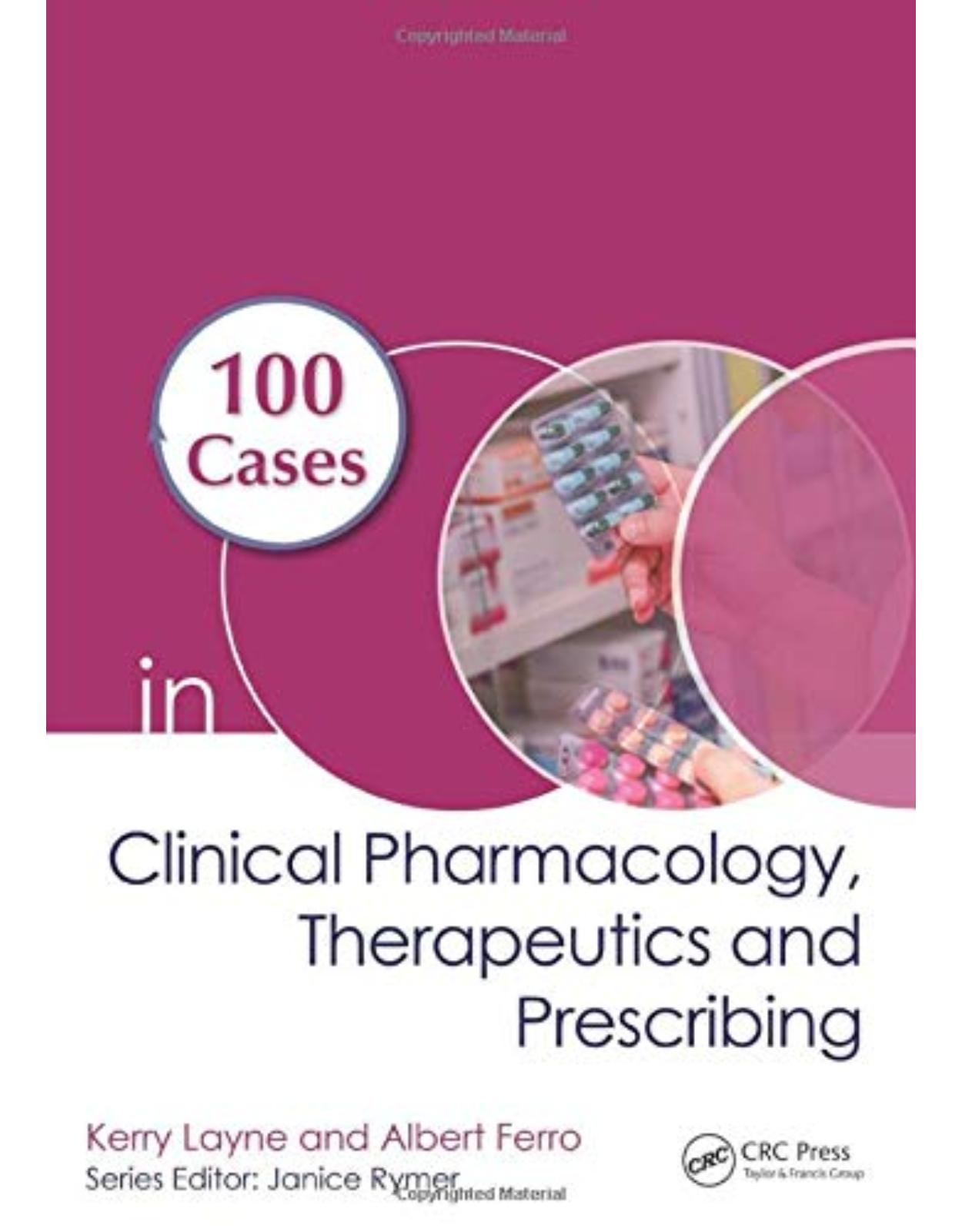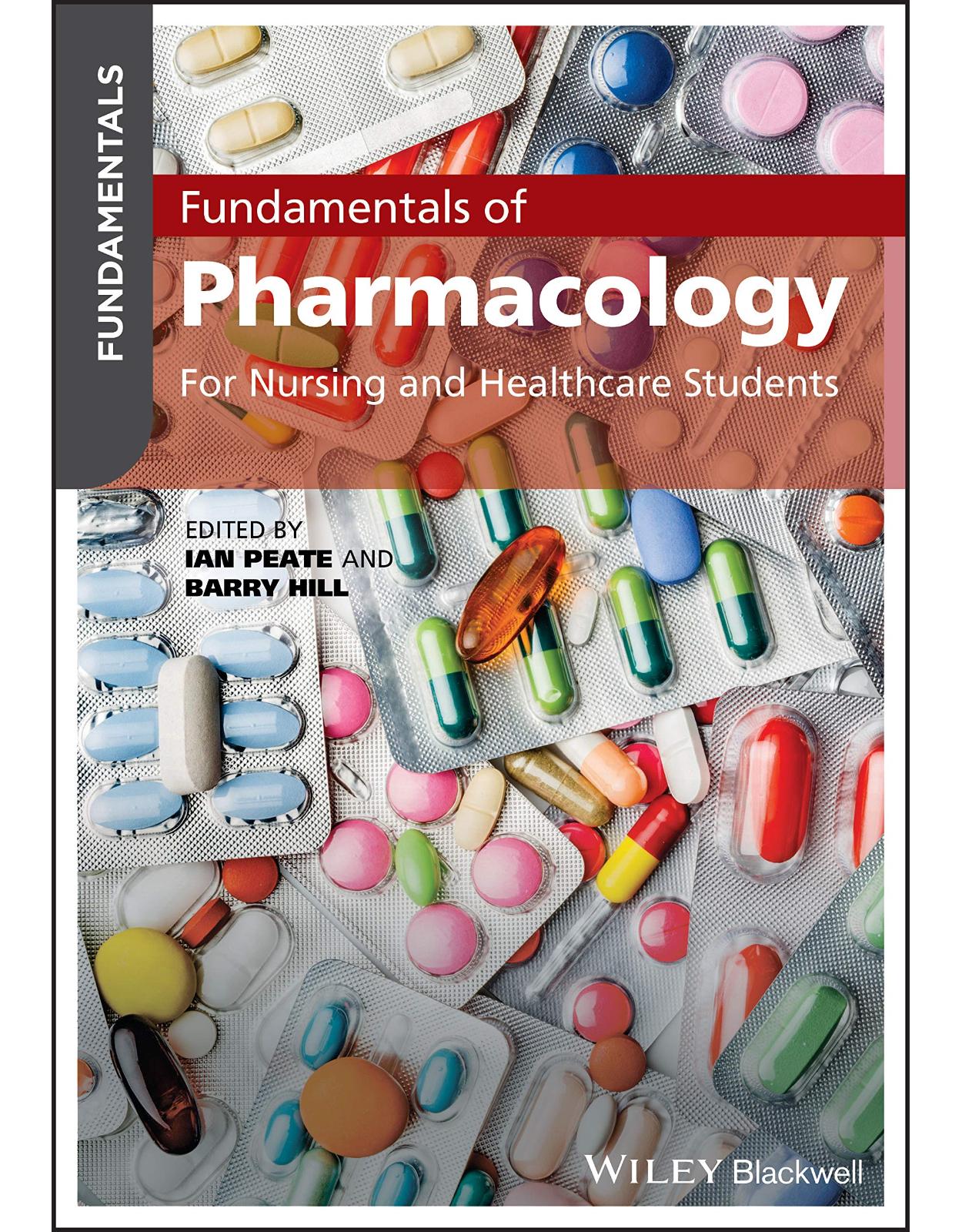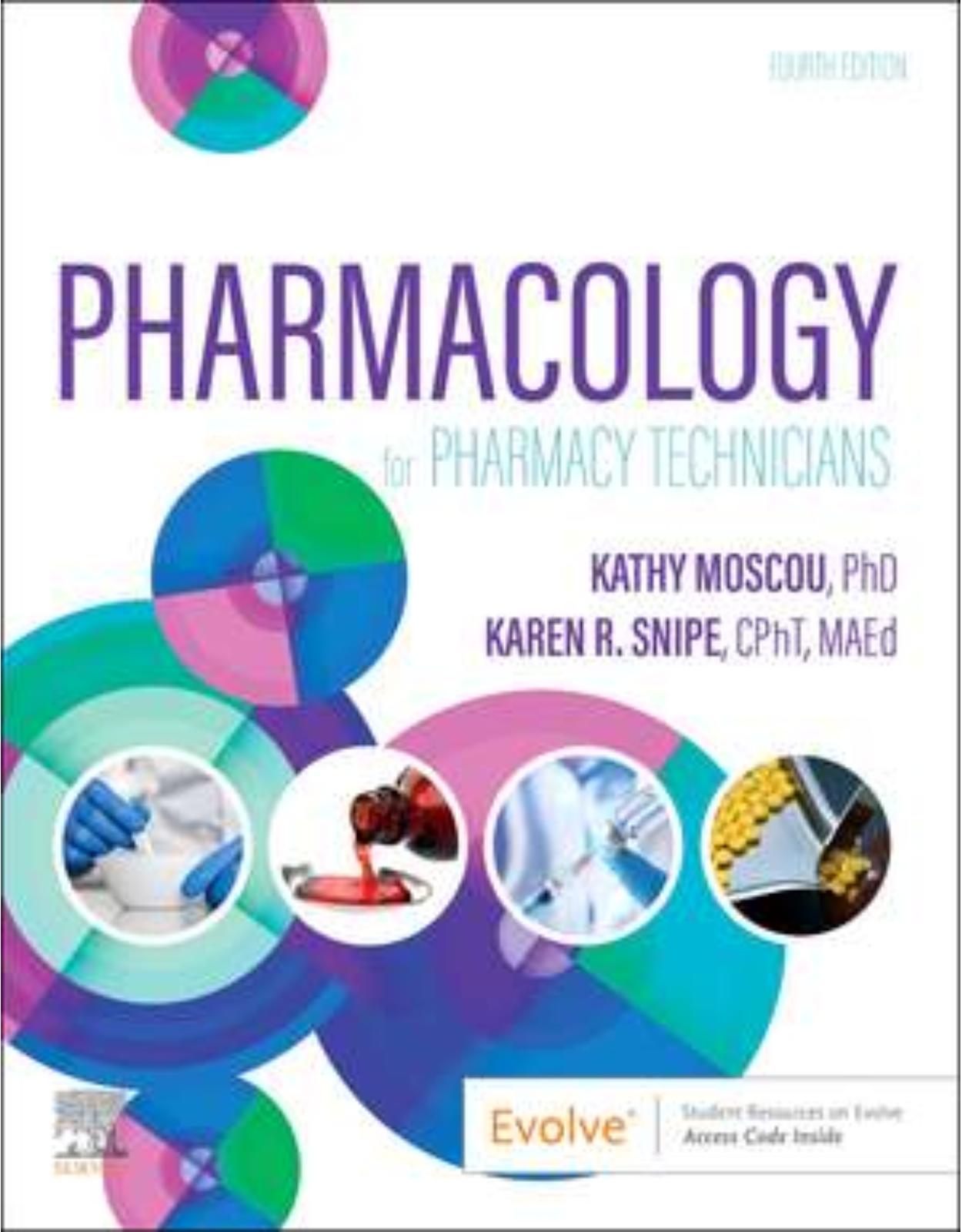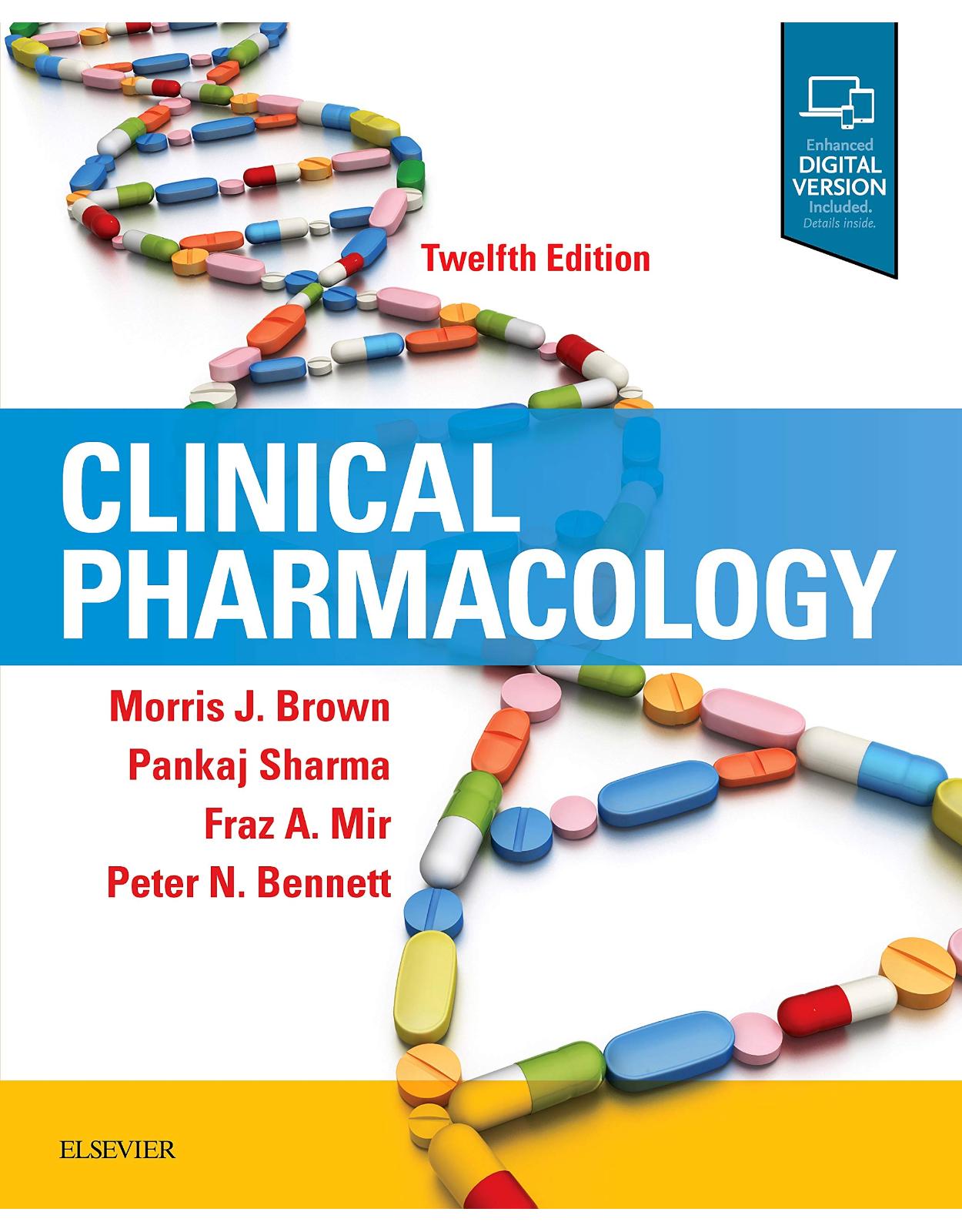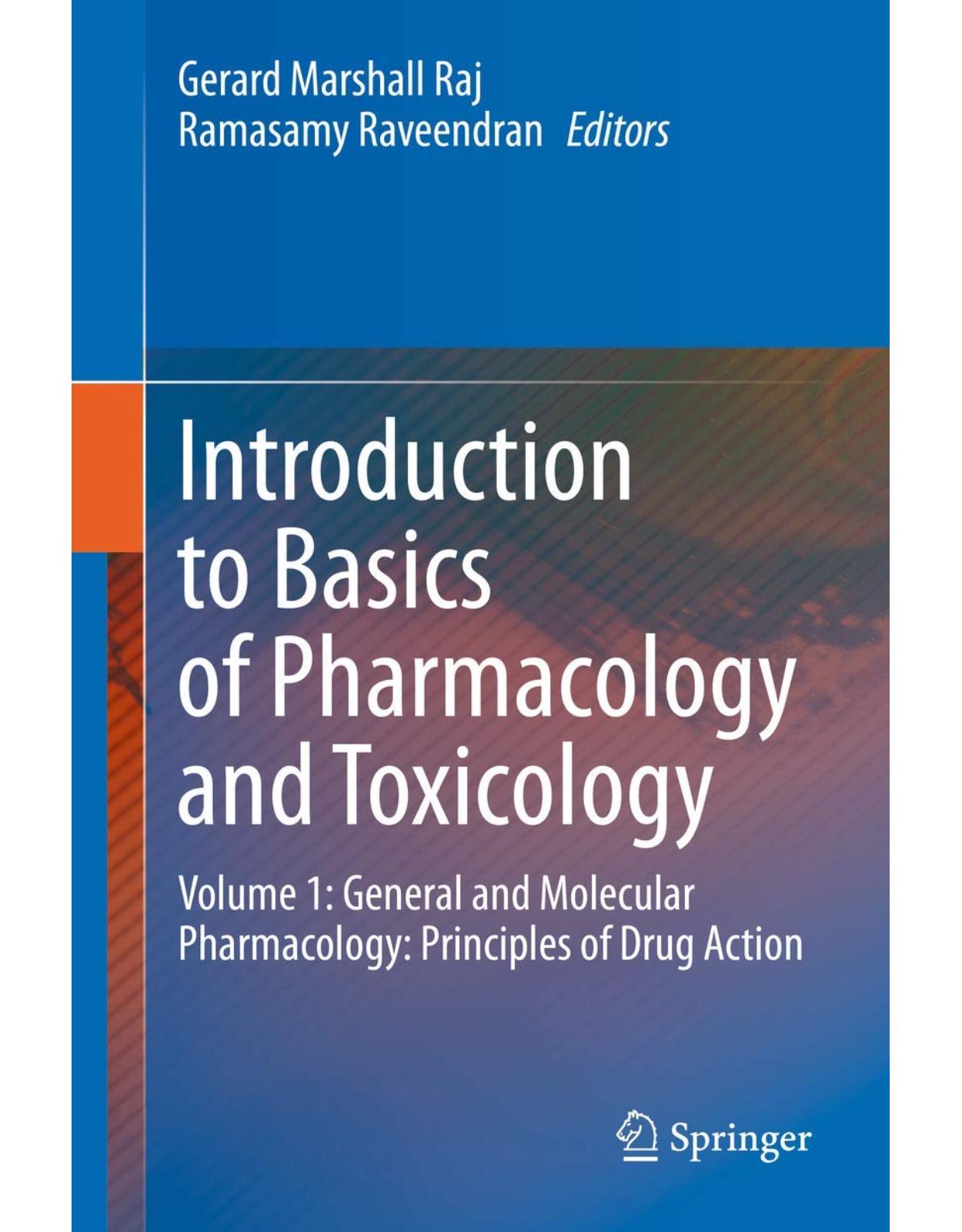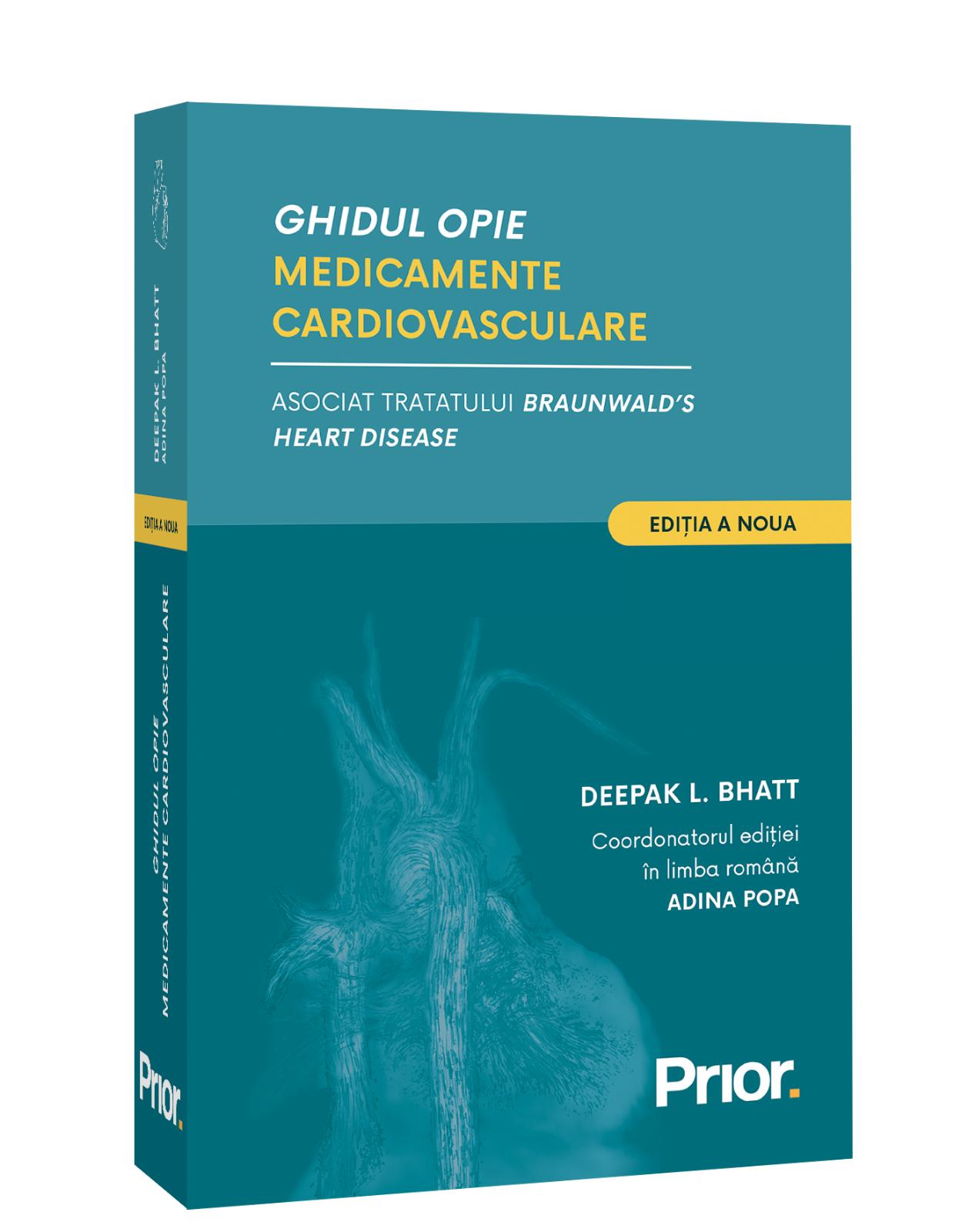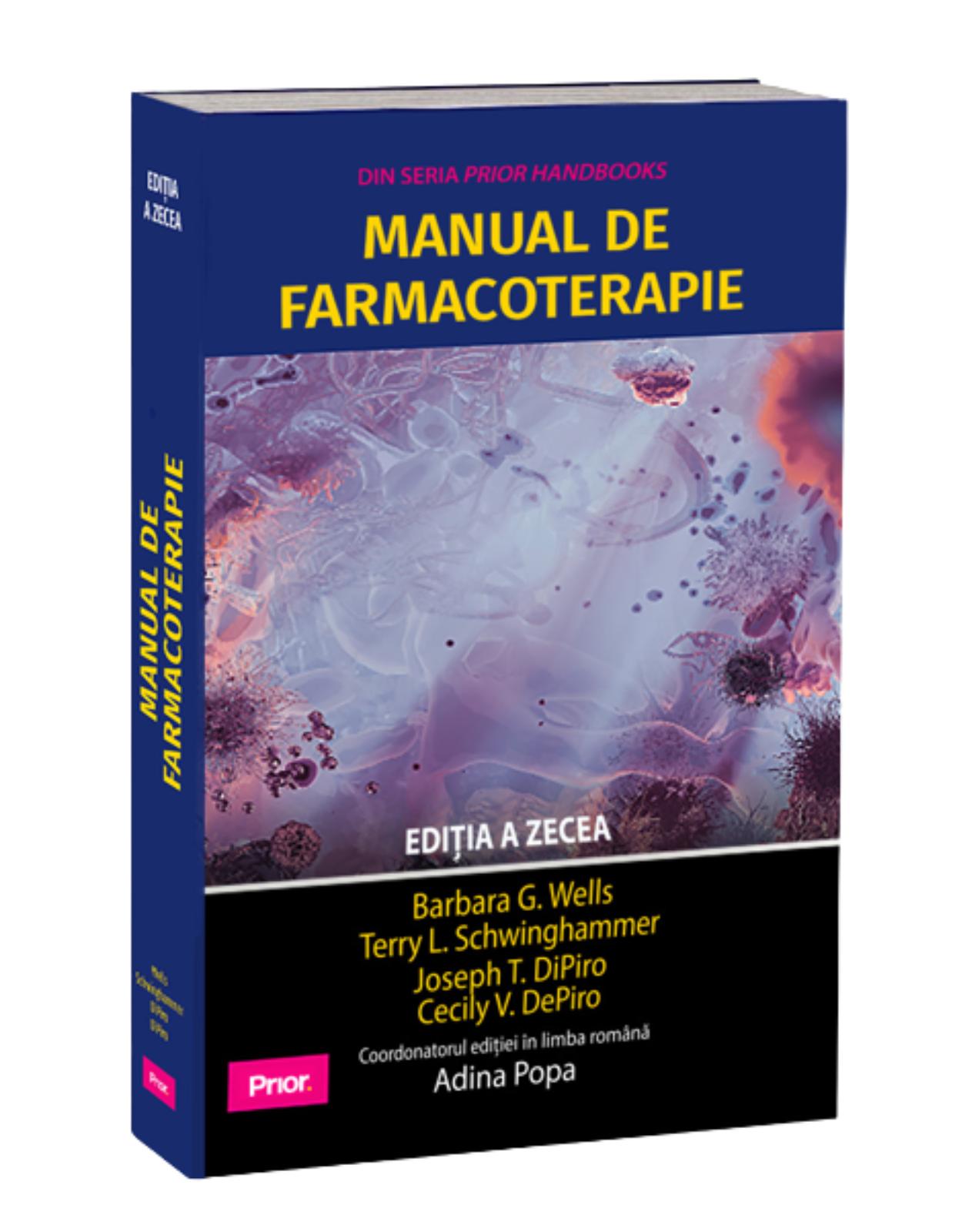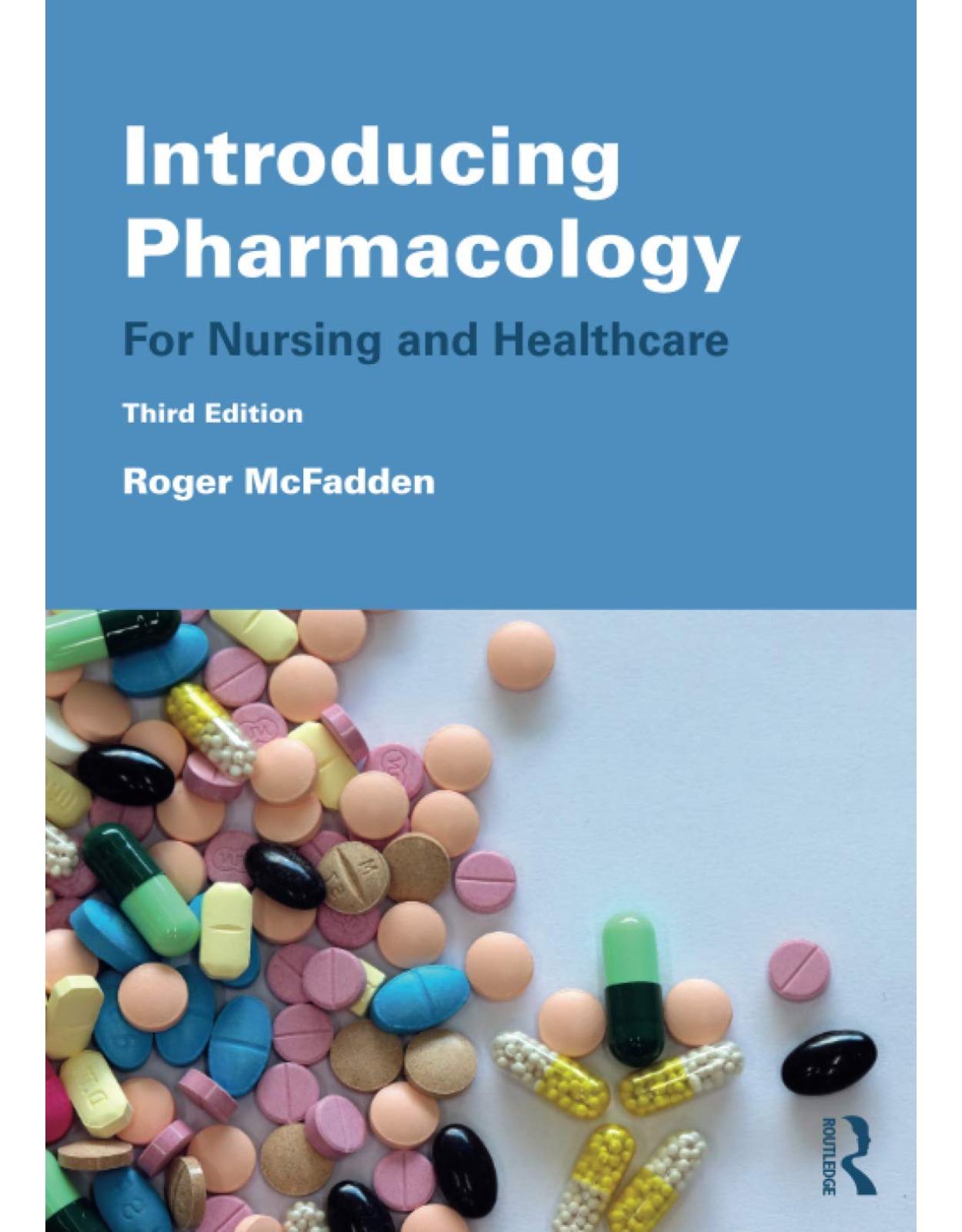
Introducing Pharmacology: For Nursing and Healthcare
Livrare gratis la comenzi peste 500 RON. Pentru celelalte comenzi livrarea este 20 RON.
Disponibilitate: La comanda in aproximativ 4 saptamani
Autor: Roger McFadden
Editura: Routledge
Limba: Engleza
Nr. pagini: 430
Coperta: Paperback
Dimensiuni: 17.4 x 2.57 x 24.6 cm
An aparitie: 20 May 2019
Description:
This third edition of Introducing Pharmacology provides an accessible and engaging introduction to the subject of pharmacology for nursing and healthcare students – and anyone needing to refresh their knowledge of this important area. The third edition recognises that many nursing and healthcare courses are now requiring students to engage with the subject of pharmacology at a higher level. Accordingly, this edition has been reinforced with more advanced pharmacology that will help these students, but without losing the clarity and accessibility of earlier editions.
This popular text includes:
• Clear explanations of how drugs work in the human body
• The underlying physiology and pathophysiology necessary for an understanding of the action of drugs
• Coverage of the common drug groups that nurses and other healthcare professionals are likely to encounter in practice
• Case-studies, relating pharmacological theory to clinical practice
• An extensive glossary of key terms and definitions
New to this edition: A new ‘beyond the basics’ feature, providing a deeper explanation of the mechanism of action of key drugs, supporting students studying at a more advanced level A new section covering drugs for the treatment of nausea and labyrinthine disorders An expanded chapter on drug metabolism and pharmacokinetics Enhanced and more detailed illustrations Updated content that reflects latest guidelines and recently licensed drugs
Table of Contents:
Part 1 Principles of pharmacology
1 Let’s start at basics: cells and how they work
Contents
Introduction
1.1 Levels of organisation: from cells to systems
1.2 A brief introduction to cells
1.3 A brief introduction to (basic) biochemistry
References and further recommended reading
Test yourself
2 Proteins as targets for drugs
Contents
Introduction
2.1 Why do proteins make good targets for drugs?
2.2 Protein targets 1: receptors
2.3 Protein targets 2: ion channels
2.4 Protein targets 3: enzymes
2.5 Protein targets 4: carrier proteins
References and further recommended reading
Test yourself
3 A drug’s journey through the body
Contents
Introduction
3.1 A drug’s journey through the body
3.2 How drugs can cause side-effects
3.3 Drug interactions
3.4 Pharmacokinetics – factors that determine the correct dosage of drugs
3.5 Drugs and special groups
References and further recommended reading
Test yourself
Part 2 The major drug groups
4 The cardiovascular system (1): drugs used in the management of cardiovascular disease
Contents
Introduction
4.1 The physiology of the cardiovascular system
4.2 The pathology of coronary artery disease
4.3 Drugs used in the treatment of coronary artery and cardiovascular disease
References and further recommended reading
Test yourself
5 The cardiovascular system (2): hypertension and antihypertensive drugs
Contents
Introduction
5.1 The physiology of blood pressure
5.2 The pathology of hypertension
5.3 Drugs used in the treatment of hypertension
5.4 Drugs used in the treatment of hypotension
References and further recommended reading
Test yourself
6 Pain and its management
Contents
Introduction
6.1 The physiology of pain and pain pathways
6.2 The pathology of inflammation and pain
6.3 Drugs used in the management of inflammation and pain
References and further recommended reading
Test yourself
7 Disorders and drugs of the digestive system
Contents
Introduction
7.1 The physiology of the digestive system
7.2 Disorders of the digestive system
7.3 Drugs used in the management of digestive system disorders
7.4 Drugs for nausea and labyrinthine disorders
References and further recommended reading
Test yourself
8 Infection and antimicrobial drugs
Contents
Introduction
8.1 How do microorganisms fit into the scheme of life?
8.2 Bacteria
8.3 Fungi
8.4 Viruses
8.5 Protozoa
8.6 Helminths (worms)
References and further recommended reading
Test yourself
9 Disorders and drugs of the respiratory system
Contents
Introduction
9.1 The anatomy and physiology of the respiratory system
9.2 Disorders of the respiratory system
9.3 Drugs used in the management of respiratory system disorders
References and further recommended reading
Test yourself
10 Disorders and drugs of the endocrine system
Contents
Introduction
10.1 Principles of endocrine control
10.2 Disorders of glucose regulation and associated drugs
10.3 Hormonal regulation of reproduction and associated drugs
10.4 The thyroid gland: physiology, pathology and associated drugs
References and further recommended reading
Test yourself
11 Drugs for mental health and neurological disorders
Contents
Introduction
11.1 The neurophysiological basis of mental health and neurological disorders
11.2 The principles of drug treatment for mental health and neurological disorders
11.3 Drugs used in the treatment of mental health disorders
11.4 Drugs used in the treatment of neurological disorders
References and further recommended reading
Test yourself
12 Cancer and anti-cancer drugs
Contents
Introduction
12.1 The physiology underlying cancer – cell division
12.2 The pathophysiology of cancer
12.3 Anti-cancer drugs – chemotherapy
References and further recommended reading
Test yourself
General resources: books and websites
Answers to ‘Test yourself’ questions
Glossary of biomedical terms
Index
| An aparitie | 20 May 2019 |
| Autor | Roger McFadden |
| Dimensiuni | 17.4 x 2.57 x 24.6 cm |
| Editura | Routledge |
| Format | Paperback |
| ISBN | 9781138549197 |
| Limba | Engleza |
| Nr pag | 430 |
-
52200 lei 49700 lei

